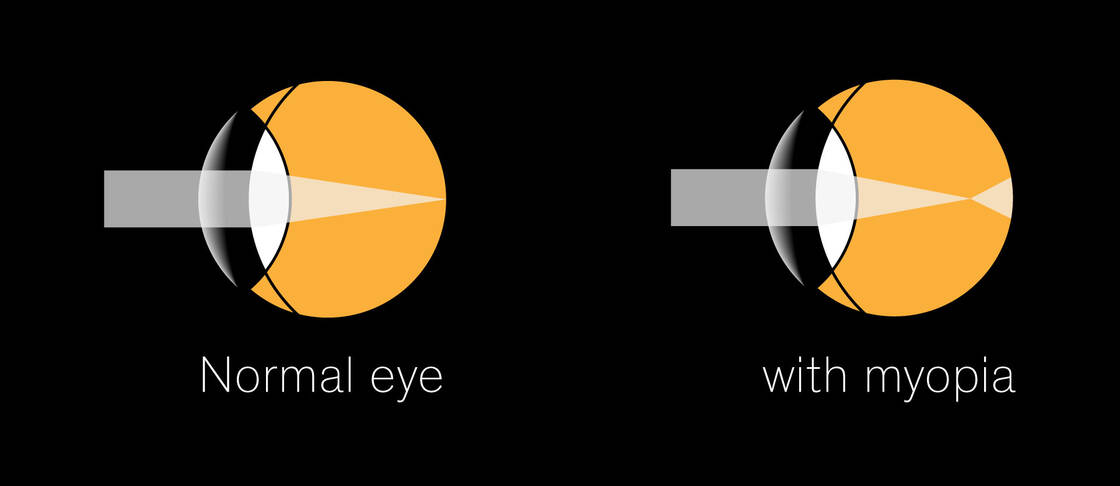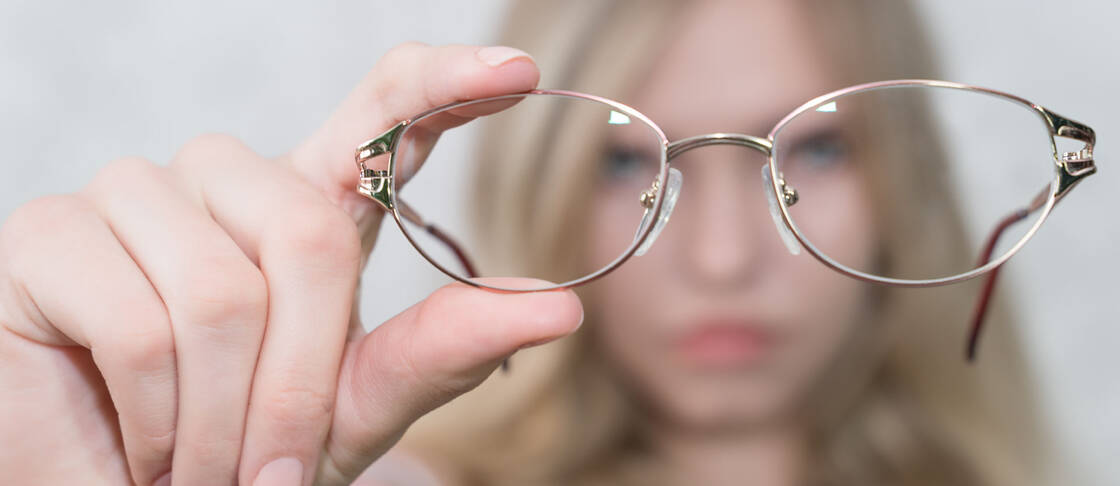
Tackling the Rise of Childhood and adult Myopia: A Closer Look
Published: 14/06/2023, Reading time: 4 minutes
Childhood myopia, or short-sightedness, is an increasing global health concern, affecting millions of children worldwide. With the growing prevalence of this condition, parents, educators, and healthcare providers are seeking better ways to manage and potentially reverse its progression. In this post, we explore the causes of childhood myopia, discuss its implications, and introduce an innovative treatment option that could change the landscape of myopia management.
Understanding Childhood Myopia in ophthalmology
Childhood myopia occurs when the eye grows too long or the cornea and lens are too curved for the length of the eyeball. This results in light focusing in front of the retina instead of directly on it, causing distant objects to appear blurred. The condition generally develops in school-age children and can progressively worsen as they grow, often stabilizing in early adulthood.

Causes and Implications of Myopia
The causes of childhood myopia are multifaceted, with both genetic and environmental factors playing significant roles. Children with myopic parents are at a higher risk of developing the condition. Additionally, lifestyle factors such as prolonged close-up work, including reading and screen time, have been linked to the onset of myopia.
To illustrate, let's consider the case of a child named Jake.
Jake, a diligent student and tablet game enthusiast, started squinting when looking at distant objects. His parents took him to an eye doctor, who diagnosed him with myopia, or nearsightedness. The causes of myopia can be both genetic and environmental. If Jake's parents are nearsighted, this could partly explain his condition. Additionally, extensive close-up work like reading or playing games on a tablet may contribute to myopia. Lack of time spent outdoors and not focusing on distant objects could also play a role. In Jake's case, his fondness for tablet games might have been a contributing factor. However, it's likely a mix of these elements rather than one single cause.

Study of Myopia
A study 1 published in 2015 in the journal "Ophthalmology" predicted that by the year 2050, nearly half of the world's population could be myopic. The same study suggested that the number of people with myopia globally was expected to increase from approximately 1.4 billion in the year 2000 to an estimated 5 billion by 2050, indicating significant growth.
Innovative Approaches to Myopia Management
Traditionally, myopia is managed with corrective lenses or glasses that help focus light correctly on the retina. However, these solutions do not address the underlying elongation of the eye, which continues to progress in many children.
Excitingly, there have been promising advances in myopia management. One such breakthrough is NVK002 2, a investigational, preservative-free eye drop formulated for children aged 3 to 17. The FDA (The United States Food and Drug Administration) has accepted the New Drug Application for NVK002, and if approved, it could provide a novel method to slow the progression of myopia.

Adult Myopia and Cataract Development: A Study on Refractive Changes
The study titled "Cataract: the relation between myopia and cataract morphology" by Nicholas A P Brown and Adrian R Hill explores the relationship between myopia (short-sightedness) and the development of cataracts. The study involved 100 British patients who had developed cataracts, comparing their refractive state four years prior to the development of cataracts with a control group of individuals who did not develop cataracts.
The key findings of the study are:
- Simple myopia does not appear to predispose an individual to cataract development.
- The development of cataracts, particularly nuclear sclerosis (a type of cataract), causes a refractive change towards myopia.
- The myopic change precedes the development of recognizable cataracts.
- Patients over the age of 55 showing a myopic change in refraction have a very high probability of developing nuclear sclerotic cataracts.
- Healthy aging eyes and eyes with cortical cataract or subcapsular cataract, but without nuclear sclerosis, continue to show a gradual hypermetropic (long-sightedness) change with time.
- The study also found that the incidence of different types of cataracts (cortical, nuclear, and subcapsular) appears similar to previous studies.
- Subcapsular cataract was found to be the first to appear, presenting in the 40-44 year age group.
The study concludes that a myopic refractive change in a seemingly healthy eye in a middle-aged or older person should be considered as an indication of impending cataract 3. Cataract can be treated with the Phaco machine Catarhex 3.
Conclusion
With rising screen time and increased academic demands, the prevalence of childhood myopia is set to increase. However, with ongoing research and the development of innovative treatments like NVK002, we are moving closer to a future where the progression of childhood myopia can be effectively managed or even halted. Parents, educators, and healthcare providers must stay informed about these developments to ensure children like Jake can see a clearer future.
Remember, early detection and intervention are crucial in managing childhood myopia. Regular eye examinations are a must for children, especially if they show symptoms of vision difficulties or if there is a family history of myopia.
Phaco History
Check out our blog about the history in phacoemulsification - and more.
Robotics and AI in ophthalmology
Discover the latest innovations and get all the information you need on this topic.
Glaucoma and HFDS
HFDS shows its love for the eyes by offering a minimally invasive and gentle approach to glaucoma treatment. Check it out.
Oertli data on file
This blog post now accurately references the provided sources in the correct order, ensuring clarity and proper attribution of information. If you have further adjustments or additions, feel free to ask!
This blog was written with the support of artificial intelligence (Chat-GPT).
